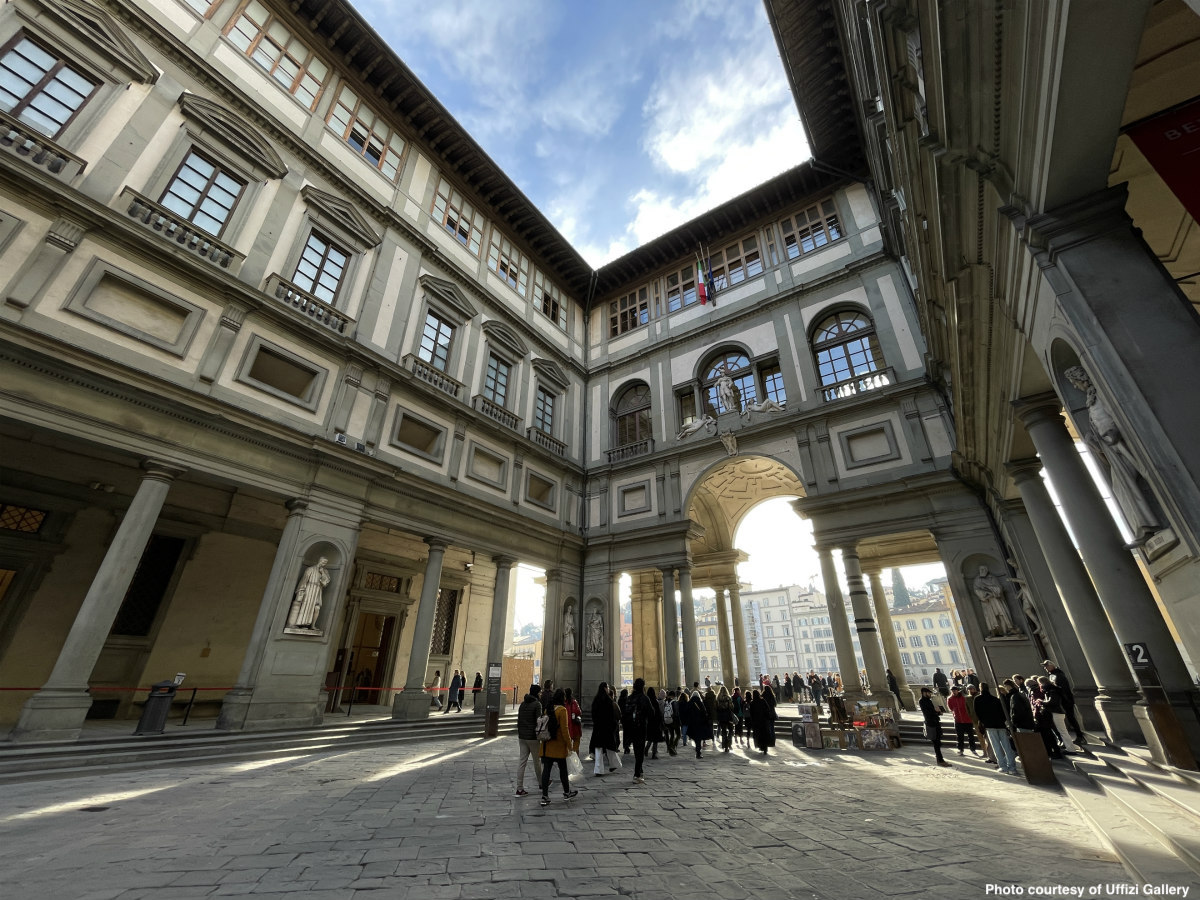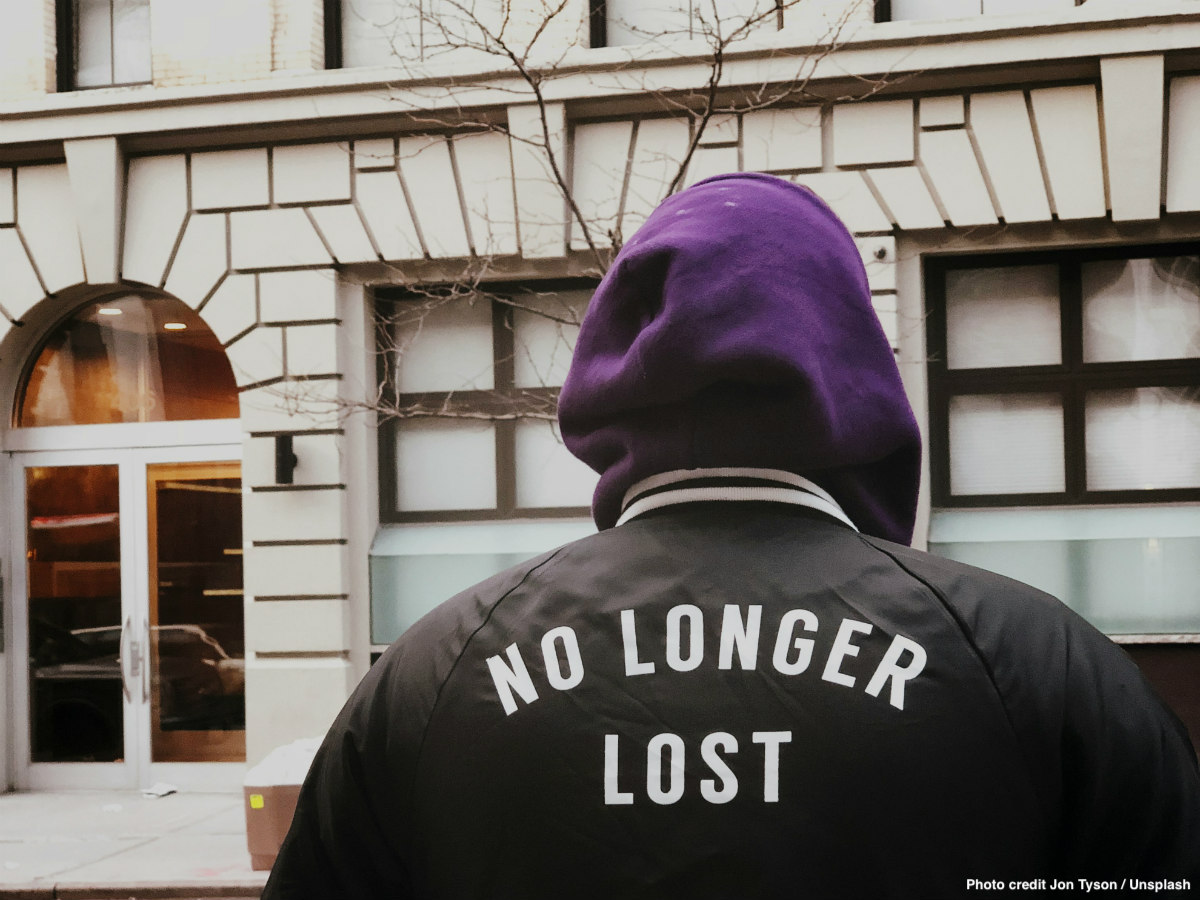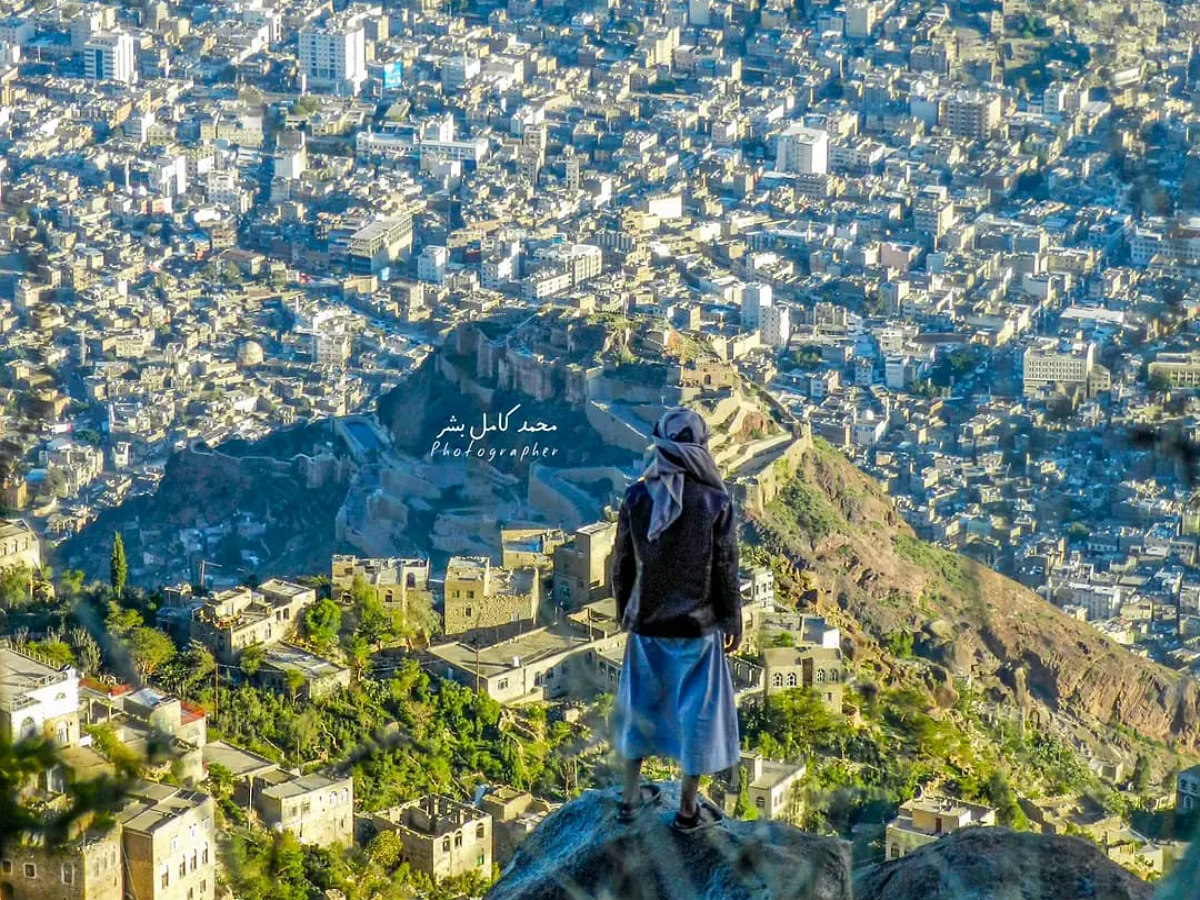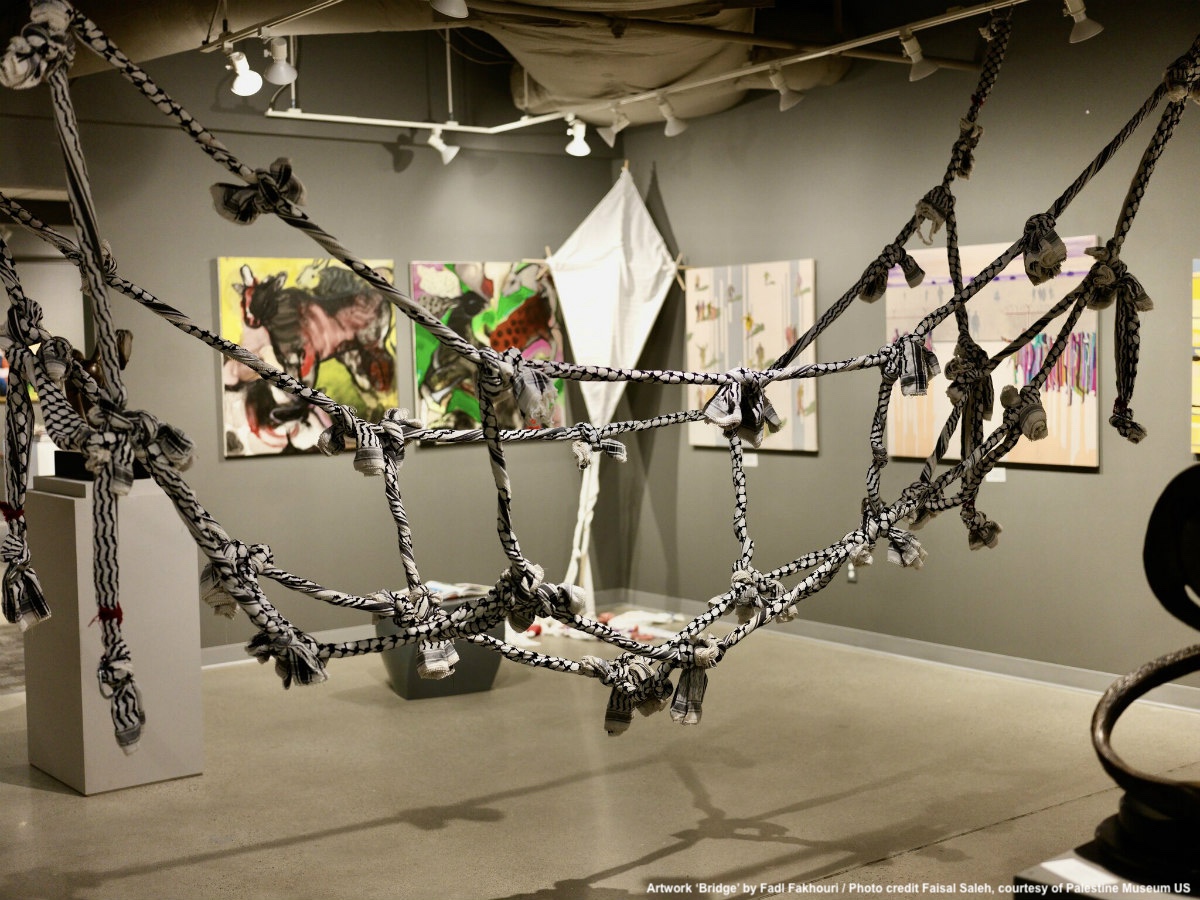Director Eike Schmidt and his team of the famed Uffizi Gallery in Florence, have devised an innovative, versatile new vision that activates the breadth of the Uffizi collection, engages locals from the greater region with their own cultural heritage and instigates a more holistic and sustainable form of tourism.
This visionary initiative, already with a tangible impact now in its third year, takes the name, “Uffizi Diffusi,” diffused Uffizi, or widespread or scattered Uffizi in English. It is the brainchild of Schmidt who has been revolutionizing the Uffizi Gallery since his appointment in 2015 – from addressing society’s toxic past through interventions and exhibitions spanning centuries of work to the launch of a TikTok channel.
In developing the Uffizi Diffusi concept, Schmidt drew upon the work of one of his Uffizi predecessors, Antonio Paolucci, who, like Schmidt, was aware of the unsustainability of the monolithic museum especially in a city like Florence or Venice. As Italy suffered greatly during the Covid-19 pandemic, these ideas and conversations further crystallized and became a more urgent call, as visitors disappeared and these cities realized how few alternatives they had apart from tourism. Schmidt recalled to me in our phone interview how many discussions were had during the first pandemic lockdown as to whether or not institutions would be able to resuscitate pre-pandemic operating levels, and perhaps more importantly, if they even wanted to.
As early as the 1970s, Paolucci understood that the museums of Florence could not persist as centralized monoliths, they needed to interact with the larger territory. As a starting point, the former director worked with the education department to teach and train school children throughout Tuscany to catalog and photograph the works of art in their hometowns. This inventory project not only provided a hands-on learning experience but generated a “very good basis to really get a sense of what treasures” already exist throughout the countryside. Another phase promoted by Paolucci followed in the 1980s and 1990s, in which the Uffizi helped found and initiate museums in some Tuscan towns where municipalities could showcase the works they already had locally.
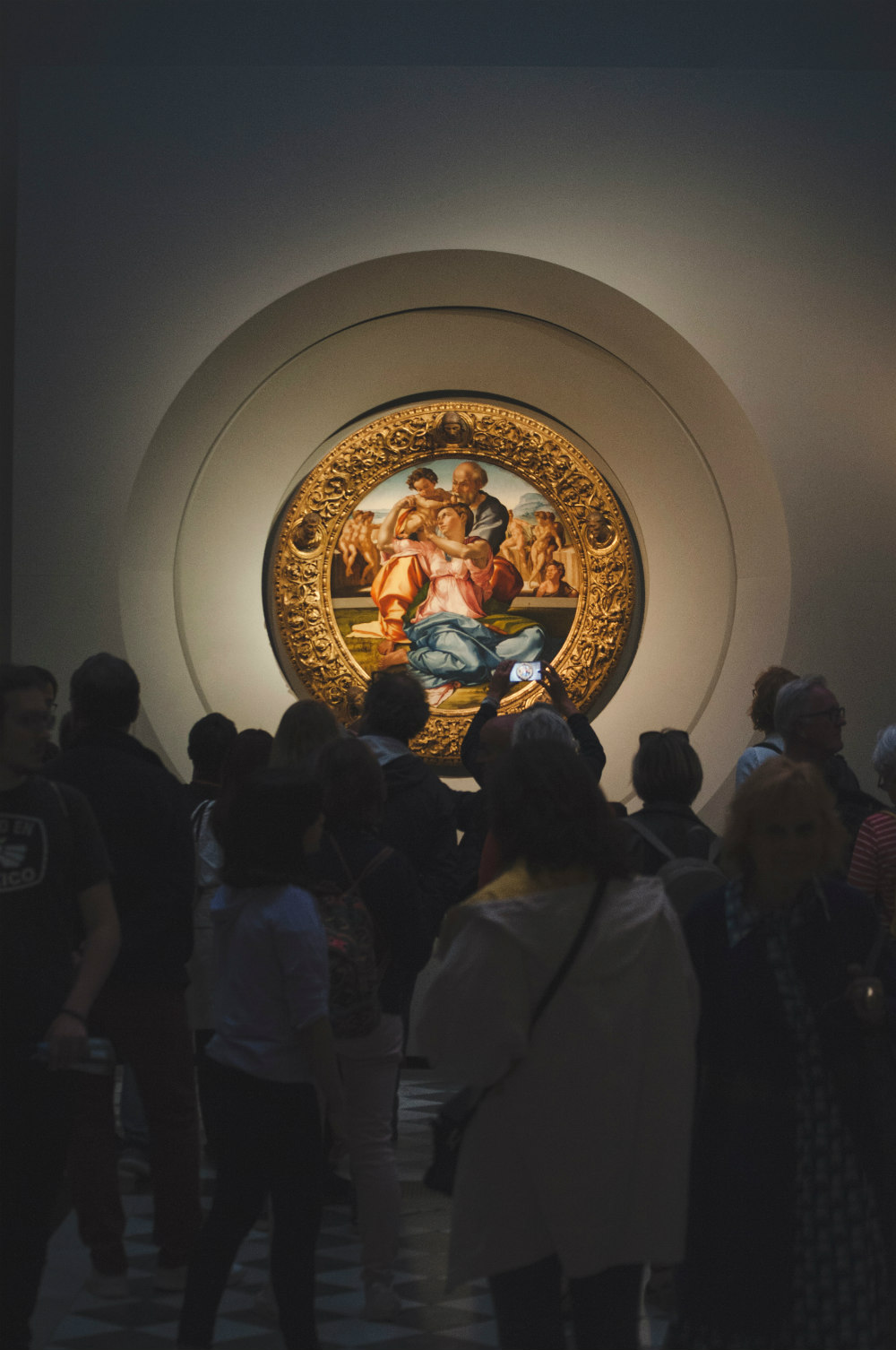
Schmidt, who remains in contact with Paolucci, embraced this groundwork and exponentially built upon it informed by present-day cultural, economic, and ecological challenges. An overriding question for Schmidt, among others, was and is: “What can we as museums do to contribute to a healthier process for the artwork, the city, and the entire planet?” “How can we make fundamental structural changes in order to transform tourism itself? But not only tourism because of course much damage” is also incurred by daily commutes for example, so rather, how can one create a holistic and sustainable cultural experience that makes a positive impact on everyday life for locals and visitors alike?
We were able to see that in fact 82% of visitors came to see their own museum for the very first time because there was this special initiative with the Uffizi.
Together these questions and precedents culminated in Uffizi Diffusi, whose initial aim first sketched out by Schmidt in the Spring of 2020 was “to bring works of art that would normally be in storage or works that don’t get the time and attention they really command into the territory all over Tuscany, kindling a positive process, re-establishing a direct connection between the people who actually live in the countryside or smaller centers” with great works of art often in walking distance, providing a very different experience of an artwork than the one at the Uffizi in Florence with among roughly 10,000 daily visitors.
At any given time, there are over 3,000 artworks on display in the Uffizi galleries, which is a considerable amount yet only a fraction of the museum’s holdings. Due to varying constraints, artworks typically rotate only if on loan or undergoing conservation. Given thus, Schmidt also oversaw the renovation and creation of new galleries, doubling the space of the Uffizi itself in which 40% of the new galleries host works that have never been on view before or in recent years. Yet his vision is about much more than dusting off works in storage to spread out. Schmidt is clear to underscore that “while so many works would have been deemed to stay in storage for a very long time without this initiative, we’ll never be able to show all of these works and nor would it be the best thing for these works to be shown in this broad narrative of art history.”
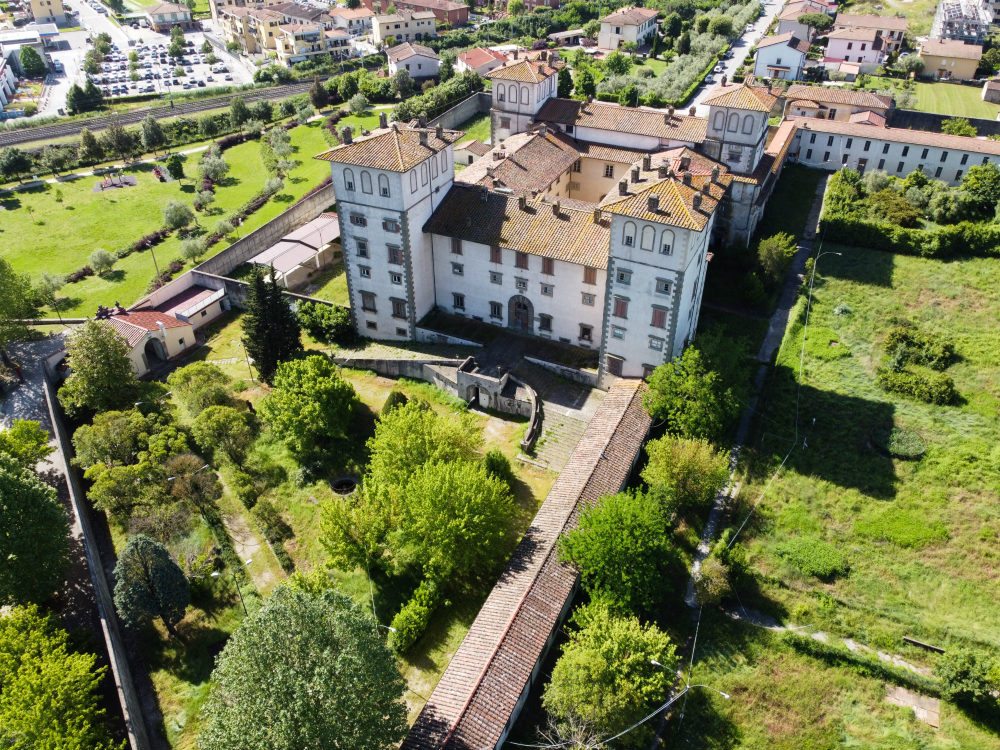
What is best for Uffizi Diffusi is sharing contextually relevant works throughout the broader region within specific contexts and historical narratives. “We were able to see that in fact 82% of visitors came to see their own museum for the very first time because there was this special initiative with the Uffizi.” It’s been so successful, that towns such as Casole d’Elsa have already organized their second Uffizi Diffusi exhibition showcasing “an important self-portrait” by the Casole painter, Augusto Bastianini, in dialogue with a selection of other paintings by the artist and those of his time, owned by the civic museum itself, among other collections.
“We bring them [Uffizi works] into specific contexts, we don’t randomly choose them,” Schmidt explains. “In some instances, it’s the work of art itself that was originally there, and we are bringing some of those works back into the community.” In some cases, it may even be the exact location of where a work had been originally as in the current Uffizi Diffusi exhibition in the cathedral of Pescia. Earlier this summer the Uffizi “reinstalled” Raphael’s Madonna of the Baldacchino (c. 1506-08) in the altar of the 16th century Turini chapel built especially to house it.
Now one can see the original “spatial context” of the piece with the other paintings in the chapel and the architecture itself. “It really is an eye-opener for specialists and the general public. It is really very special to have a Raphael in a church, which to some people might seem in the midst of nowhere yet once you’re there you come to find that Pescia has one of the singular most important Medieval artworks.” Nearby, is one of the earliest panel paintings (c.1235) by Bonaventura Berlingheri showing the life of St. Francis for an altarpiece in the cathedral San Francesca.
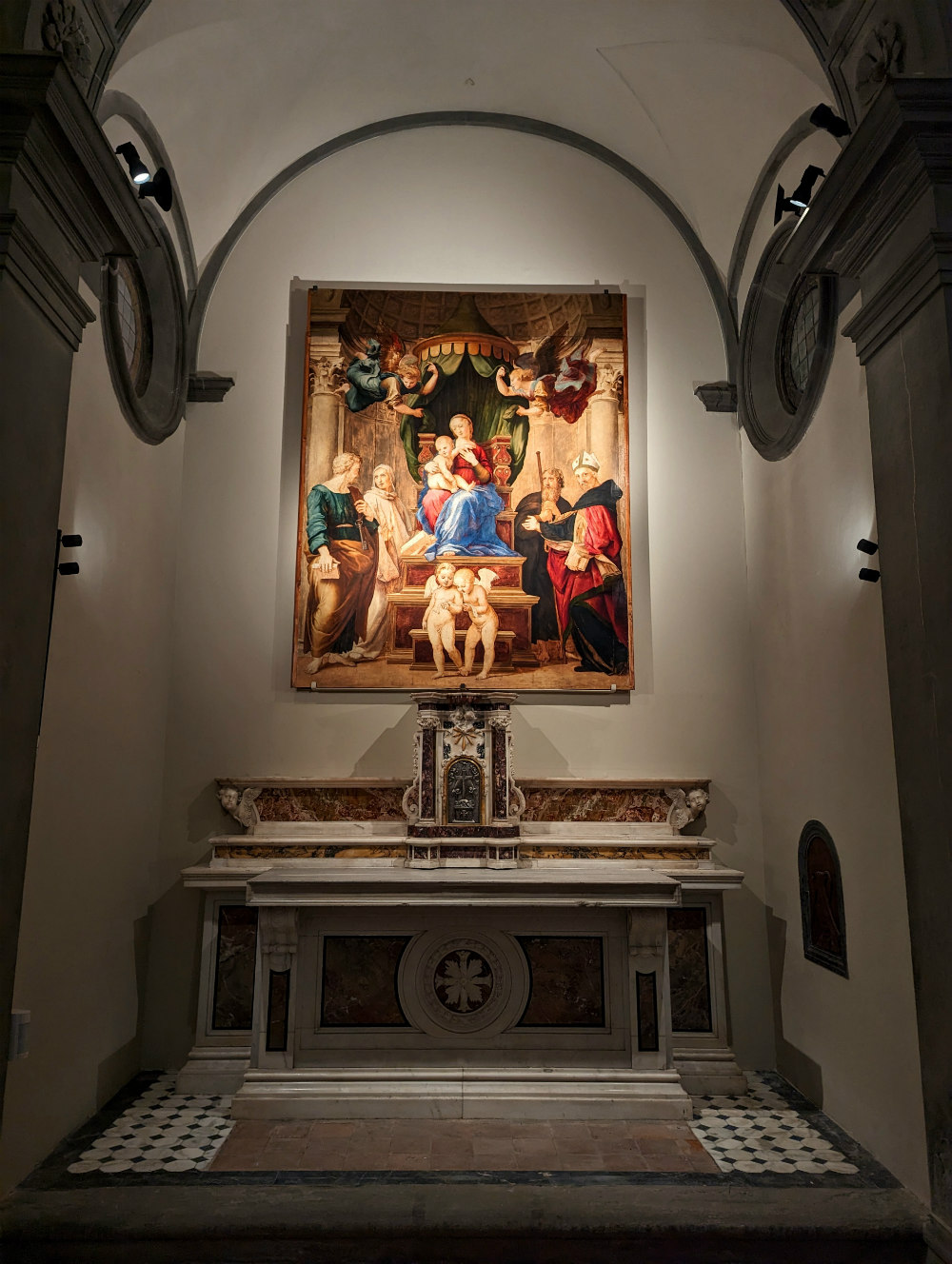
Raphael, of course, draws a bigger crowd, but “he” also entices visitors who might not otherwise come through Pescia unless “particularly devout to St. Francis or an Italian medievalist.” Visitors then get to discover these other great treasures within the town and throughout the territory. So once again, harkening back to their origins, one of the goals of the Uffizi Diffusi is “to reactivate what is already there and we see that works very well.” As their data has shown, there has been a surge in booking in or around Pescia, which indicates another positive effect of the project overall – diffused economic stimuli.
In addition, it fosters partnerships. The visiting artworks or exhibitions are always produced in direct collaboration with local administrations and venue organizers as in the five-year partnership with Fondazione CR Firenze under the sub-project title, Terre degli Uffizi, which supported the Comune di San Godenzo in hosting Andrea del Castagno’s celebrated (detached) fresco portrait of Dante (c. 1448-49). Situated for their exhibition Dante and Andrea del Castagno Return to San Godenzo Dante and Andrea del Castagno, “where Dante and other Florentine exiles met on 8 June 1302 and where the painter Andrea del Castagno was born.” The exhibition was held in the Parco Nazionale delle Foreste Casentinesi, Monte Falterona e Campigna Visitor Centre (27 July – 23 August 2021).
Not only is the site contextually relevant, it promotes another angle of this multifaceted initiative spreading art outside Florence and transforming tourism, viewership, and everyday life in the broader region in a culturally, ecologically sustainable way. Here one could combine a bicycle trip or walk through the lush forest of Casentinesi and an intimate engagement with Castagno’s Dante all away from the crowded city center of Florence.
In the same way, another Uffizi Diffusi project centering Dante is the long-term partnership with Casa Dante in Ravenna within the neighboring region of Emilia-Romagna. Here, “a whole room in the house of Dante is dedicated to a [Uffizi] collection of 19th century paintings revolving around Dante and his works – a time when Dante as a poet was being rediscovered in Italy.” Normally, these paintings would be on display in the Pitti Palace but only on rotation, whereas in Ravenna they are on display, on loan, for five years with the possibility for renewal. “And maybe we do some twists and switch out some art works after five years.”
Such openness to possibilities is a hallmark of the initiative overall. All the Uffizi Diffusi projects are similar in their malleability and as Schmidt emphasized, “our idea was to really spread out, and have it modular. We can grow faster or we can grow slower, so it’s not such a huge operation that you have to invest enormous amounts of money into it.”
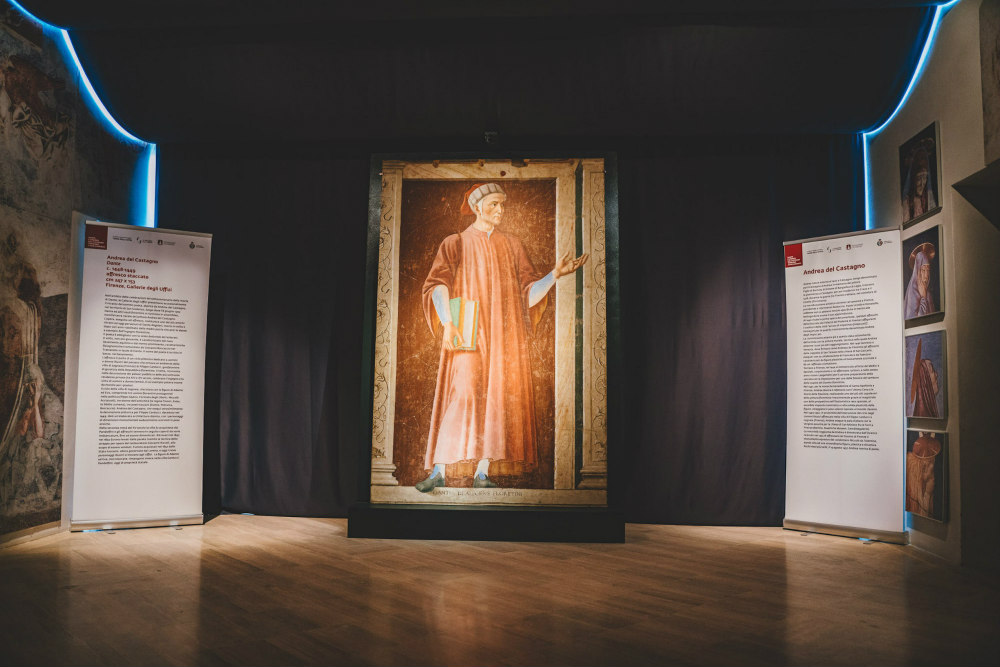
Unlike other large museums with outposts in Abu Dhabi or Dundee, the specific context of Florence, the greater region of Tuscany, and the territory of Italy is the guiding principle for the Uffizi Diffusi project – culturally and economically, while decentralizing will make an ecological impact on the environment. After over forty projects to date, Schmidt has already generated an Uffizi web of sites, collaborators, and partners throughout the region where the next phase will implement permanent Uffizi satellites, creating an Uffizi network, each with a specialized focus housing hundreds of works from the collection.
Currently, there are three satellites in progress, two of which are, fittingly, former villas of the Medicis, the infamous Florentine family whose “offices,” the Uffizi, ruled Tuscany for three centuries. The first slated to open once renovations are complete is Villa Medici Ambrogiana in Montelupo Fiorentino. Built in the late 16th century, it is one of the largest villas of the Medicis and will permanently house much of its former collection of 17th century paintings and sculptures that the family had transferred to their Florentine gallery, the Uffizi, in the 18th century.
The second, Villa Medici di Careggi in a suburb of Florence, is also undergoing restoration and is set to host works from the 14th century collection. There will also be a bike path connecting these satellites and the Uffizi galleries in Florence. Whereas the third satellite is a sprawling former health spa on the coast of the Ligurian Sea not far from Isola d’Elba, where Uffizi Diffusi inaugurated its first exhibition with works of Napoleon in remembrance of his exile. Terme del Corallo in Livorno, which demands extensive renovations, is projected to exhibit works from the 19th and 20th century collections.
That the Uffizi is becoming a Tuscan network with global reach and a positive, diversifying agenda for its bursary is a nice 21st century twist on the Medici legacy and its own lineage. Uffizi Diffusi has already proven to be an innovative and sustainable initiative developed by a museum seeking to address its overcrowded institution and city alike while diffusing and broadening its cultural impact throughout the region. Perhaps it also offers a better way for locals and tourists to co-exist. Inevitably, Uffizi Diffusi will continue to inspire at home and abroad.
